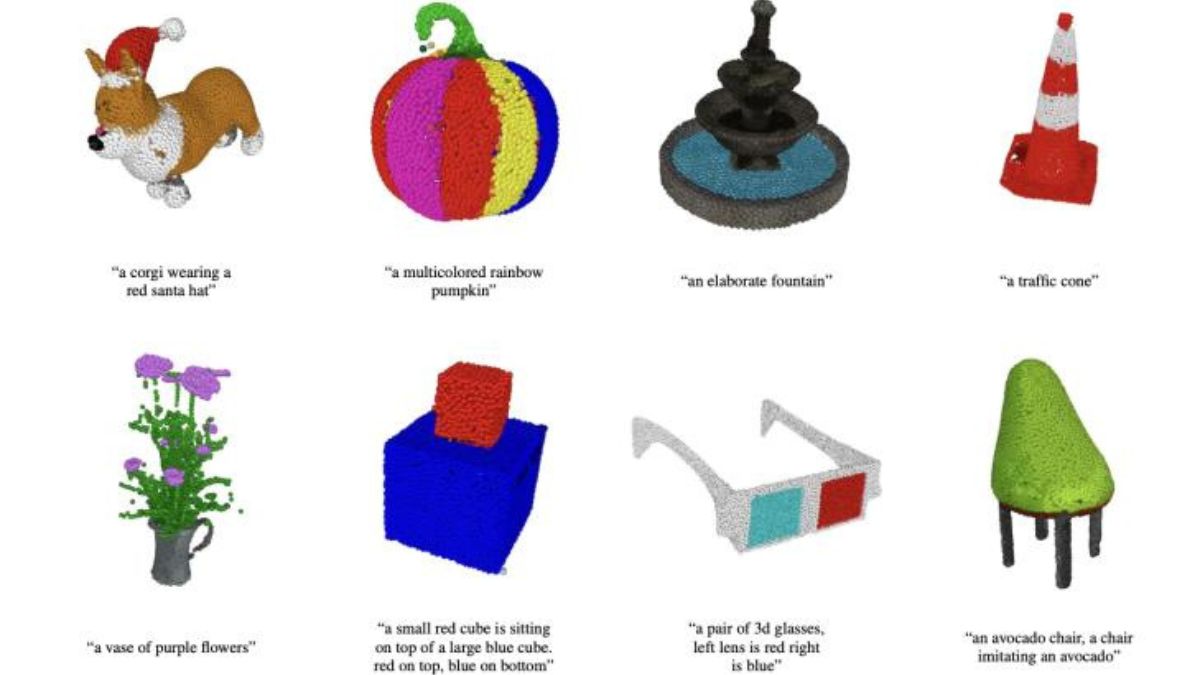
The much-awaited Galaxy M15 5G from Samsung has fi...
news-extra-space

 OpenAI[/caption]
When given a text prompt, such as "a 3D printable gear, a single gear 3 inches in diameter and half inch thick," Point-text-to-image E's model creates a synthetic rendered object, which is then fed into the image-to-3D model, which creates a point cloud.
According to the OpenAI researchers, after training the models on a dataset of "several million" 3D objects and associated metadata, Point-E could generate coloured point clouds that consistently matched text prompts. It isn't perfect; Point-image-to-3D E's model occasionally fails to recognize the image from the text-to-image model, eventually results in a shape that does not match the text prompt. Nonetheless, according to the OpenAI team, it is orders of magnitude faster than the previous state-of-the-art.
The software could also be integrated into game and animation development workflows.OpenAI is the most recent company to enter the 3D object generator fray. Google DreamFusion, an enhanced version of Dream Fields, was released earlier this year. 3D models are commonly used in film and television, interior design, architecture, and a variety of scientific fields. They are used by architectural firms to demonstrate proposed buildings and landscapes. Engineers use them to create new devices, vehicles, and structures.
OpenAI[/caption]
When given a text prompt, such as "a 3D printable gear, a single gear 3 inches in diameter and half inch thick," Point-text-to-image E's model creates a synthetic rendered object, which is then fed into the image-to-3D model, which creates a point cloud.
According to the OpenAI researchers, after training the models on a dataset of "several million" 3D objects and associated metadata, Point-E could generate coloured point clouds that consistently matched text prompts. It isn't perfect; Point-image-to-3D E's model occasionally fails to recognize the image from the text-to-image model, eventually results in a shape that does not match the text prompt. Nonetheless, according to the OpenAI team, it is orders of magnitude faster than the previous state-of-the-art.
The software could also be integrated into game and animation development workflows.OpenAI is the most recent company to enter the 3D object generator fray. Google DreamFusion, an enhanced version of Dream Fields, was released earlier this year. 3D models are commonly used in film and television, interior design, architecture, and a variety of scientific fields. They are used by architectural firms to demonstrate proposed buildings and landscapes. Engineers use them to create new devices, vehicles, and structures.
Leave a Reply






